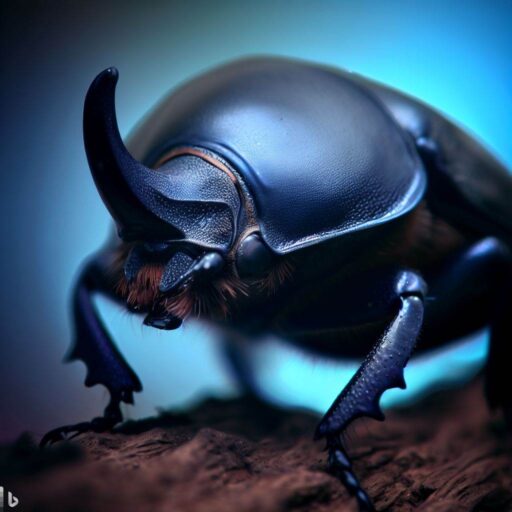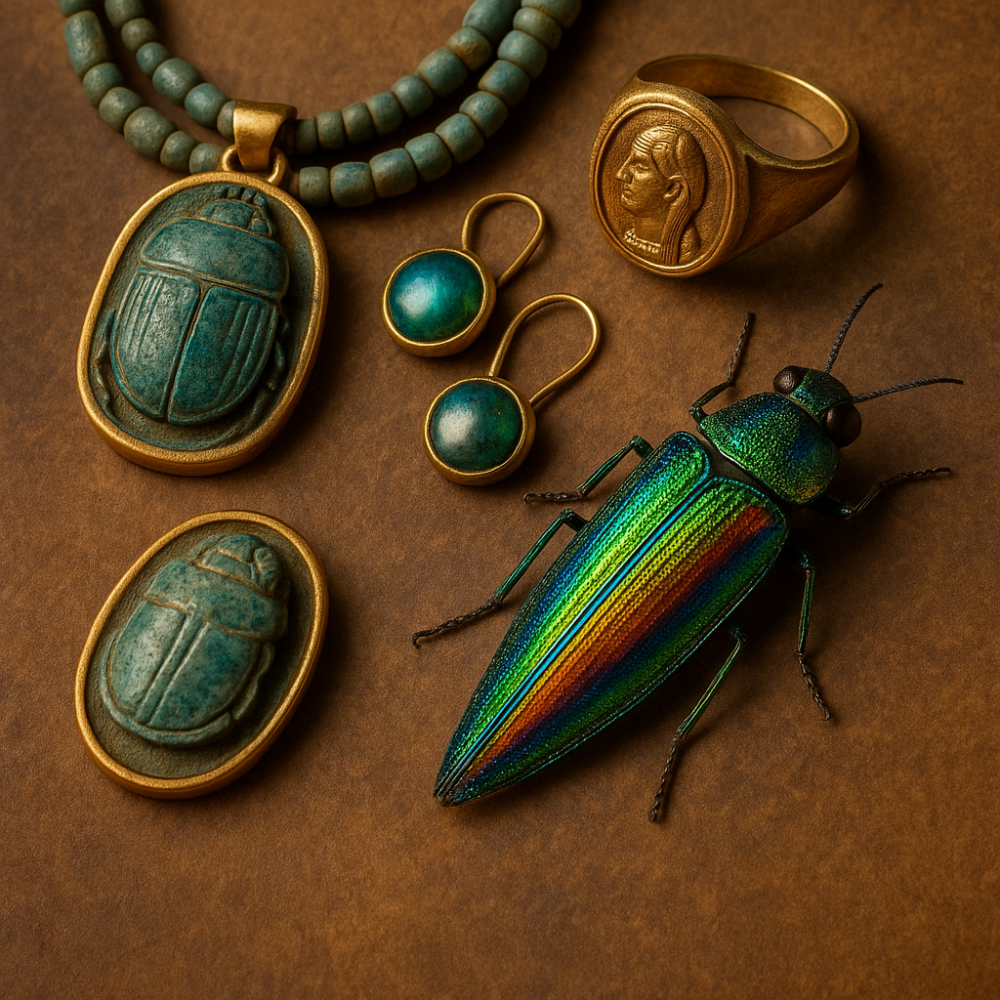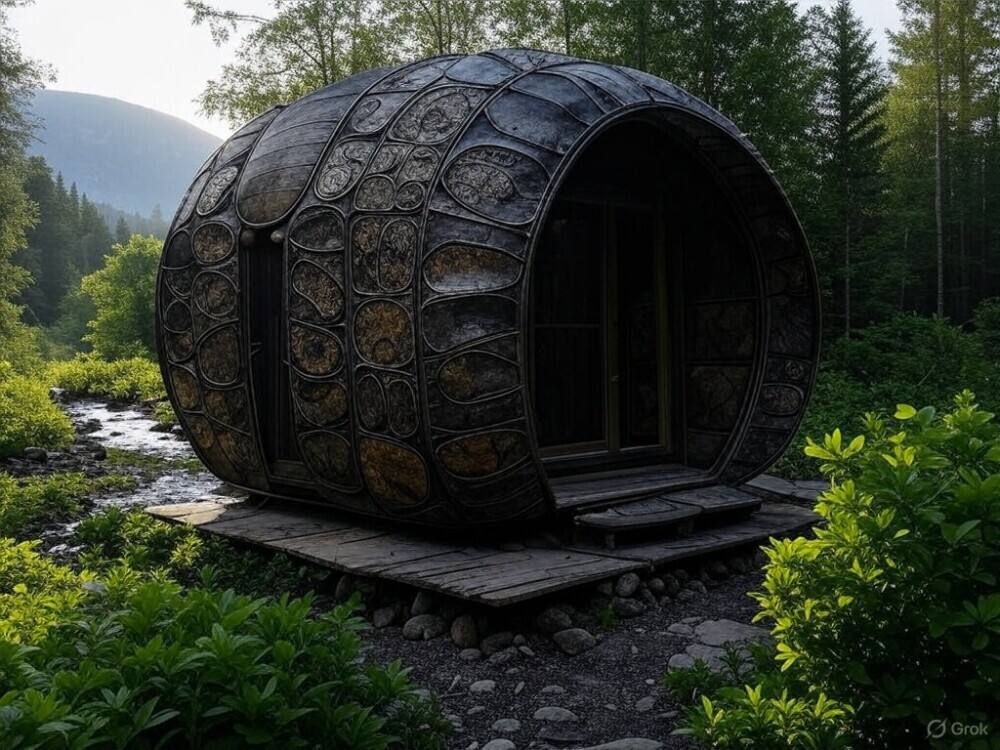.jpg)
Dealing with strange bugs in your home? They may be common house beetles! In this article, we will discover what kind of beetles can be unwelcome house guests and how to recognize and control them.
What are common house beetles?
House beetles are a pesky problem. Crawling around walls, floors, and ceilings, these little critters have hard shells and tiny legs.
The carpet beetle is one type of house beetle. They feast on natural fibers like wool and silk, leaving small holes in carpets and clothes. An unchecked infestation can ruin an entire wardrobe.
The furniture beetle, also known as the woodworm, is another troublemaker. These pests lay eggs in wooden furniture, causing damage over time. Look out for tiny holes or sawdust near wooden items!
House beetles might seem harmless, but they can cause big issues. From monetary loss to allergies and respiratory problems due to their shed skins and feces, don’t let them take over your home.
Act now! Contact a professional pest control service to get rid of these unwanted guests and maintain a safe and healthy living environment.
The life cycle of a common house beetle.
Common house beetles have an intriguing life cycle. It starts with eggs, tucked away in household cracks and crevices. Once hatched, the larvae emerge and start feeding on organic matter like wood, cloth, and even other insects. As they grow, they enter a pupal stage. Here, they undergo a change within a protective shell. Then, adult beetles emerge and fly around using their formidable wings. They search for mates to reproduce and continue the cycle.
The adult life span of common house beetles can vary – some can live for weeks or months, while others have much shorter lifespans. This adds to their complexity and diversity.
These fascinating insects belong to the order Coleoptera, one of the largest insect orders on Earth. With over 400,000 identified species, beetles are found in nearly every habitat. What do they eat? Unfortunately, furniture, destruction, and your hope for a beetle-free home.
What do common house beetles eat?
Common house beetles boast a diverse diet, enabling them to live in many environments. They eat wood, fabric, paper, and even dead insects! These resilient creatures are essential for nutrient cycling; breaking down decaying materials and sending them back to the ecosystem.
Wood: Beetles like powderpost and deathwatch love to munch on cellulose found in wooden structures.
Fabric: Carpet beetles and clothes moths are drawn to natural fibers, such as wool, silk, and fur.
Food: Some house beetles invade pantries, noshing on grains, cereals, and dried fruits. Flour beetles and grain weevils are the most notorious intruders.
Paper: Booklice and silverfish snack on starches and glues used in books, wallpaper, and cardboard boxes.
Dead Insects: Dermestid beetles consume dead insects and animal remains, aiding in sanitation.
Though they’re small, house beetles can cause serious damage if ignored. Infestations damage buildings, clothes, furniture, books, and artwork. Even historical structures, such as old churches and barns, have been damaged by deathwatch beetles drilling holes during mating rituals. Preservation efforts work to save these structures and their significance.
Where do common house beetles live?
Common house beetles are resilient creatures, living in warm, dark places like basements, attics, and wall voids. They can hide in upholstery, carpets, and stored food items, as well as in cracks and crevices around windows and door frames. Not just indoors, they can also be found outdoors in gardens and yards. These bugs love moisture and organic materials like wood shavings, so you may find them in damp or decaying areas of a house.
To prevent beetle infestations, keep these areas dry and well-maintained. Regularly inspect hidden corners of your home for signs of beetle activity, such as small holes or sawdust-like debris. Taking early preventive measures will save you from potential headaches caused by these ‘love bug’ invaders!
How do common house beetles reproduce?
House beetles reproduce through mating. The male releases sperm which the female picks up. She then lays eggs, typically in cracks in wood or other hidden areas. These eggs hatch into larvae, also known as grubs or maggots. They molt their exoskeletons multiple times before entering the pupal stage, where they transform into adult beetles.
To control house beetle populations, you should address potential breeding sites and implement preventive measures. Clean the area and seal cracks and crevices. Insecticides specifically designed for beetle control can also be effective. Additionally, eliminating food sources for the beetles can discourage reproduction.
Beetle Busters – the elite squad of ladybugs – watch out for house beetle predators. They take no prisoners in the battle against creepy crawlies!
What are the predators of common house beetles?
Common house beetles have a range of predators that maintain the balance in the environment. Here are six that feast on them: birds, bats, spiders, ants, other beetles, and wasps. Amphibians and reptiles may also partake in beetle snacks!
Interestingly, ladybugs don’t usually eat house beetles. Charles Darwin’s study of species helped shape our understanding of natural selection – and house beetle-predator relationships played a role.
So next time you hear ‘Don’t let the bedbugs bite’, remember the house beetles too – they have protection methods that’ll make you reach for the bug spray!
How do common house beetles defend themselves?
Common house beetles possess a hard exoskeleton that shields them from predators. Plus, some species can secrete toxic chemicals to ward off threats. Others use mimicry, making it hard to tell them apart. These adaptations help them survive.
Also, house beetles can regenerate lost body parts. This helps them defend themselves even after injury. Some even use sound as a defense. They make high-pitched noises to disorient predators.
One example is the bombardier beetle. When threatened, it produces a boiling hot jet of toxic chemicals from its abdomen. This explosive reaction creates a loud popping sound and noxious gas, which wards off attackers. Truly an impressive display of chemical warfare!
What diseases do common house beetles carry?
Common house beetles can pose a threat to human health. They carry bacteria, viruses, and fungi which can cause illness. Transmission happens through contact with contaminated surfaces or ingesting contaminated food or water. Good hygiene and cleanliness are key to staying safe from these pests.
Allergies can be triggered by beetle skin/feces. Symptoms like sneezing, coughing, and itchy skin may occur. Asthmatics and those with respiratory conditions should be extra cautious.
Eliminating food sources and breeding grounds can help prevent infestations. Cleaning, vacuuming, and sealing cracks/openings will keep them away. If you suspect an infestation, seek professional pest control services quickly. They have the skills and tools to assess and treat the problem.
What are some common myths about common house beetles?
Common house beetles are surrounded by myths. One misconception is that they harm humans – but most are harmless. Another myth is that all can damage wood. Not true – some can, but not all. Many assume they’re pests, but some even help the ecosystem. Plus, they have an intriguing history – millions of years old, even in ancient Egyptian hieroglyphics! Time to go SWAT team on these uninvited guests!
How can you get rid of common house beetles?
Say goodbye to common house beetles for good! Follow these 4 easy steps:
- Figure out what type of beetle it is and where they hide.
- Clean up and get rid of food sources and potential breeding areas.
- Use insecticides or natural remedies to get rid of them.
- Plug cracks, use screens, and keep the area clean to prevent them from coming back.
Remember that different beetles have different habits and preferences. Knowing this can help you customize your approach.
Don’t let those pesky insects ruin the peace in your home. Take action right away! Keep your home a sanctuary, free from the trouble and damage caused by common house beetles.
Frequently Asked Questions
Q: What are common house beetles?
A: Common house beetles refer to a variety of beetle species that are commonly found inside residences. These beetles can include carpet beetles, powderpost beetles, furniture beetles, pantry beetles, spider beetles, and cigarette beetles.
Q: What are the signs of a beetle infestation in the house?
A: Signs of a beetle infestation in the house may include finding adult beetles or larvae, seeing holes in wooden furniture or structures, finding damaged fabrics or carpets, noticing a peculiar odor from beetles’ secretions, or finding their droppings or shed skins.
Q: Why are beetles in my house?
A: Beetles may enter houses in search of shelter, food, or suitable breeding environments. They can be attracted to various materials such as food crumbs, stored grains, wooden furniture, damp areas, decaying matter, or fabrics made from animal fibers.
Q: How can I prevent beetle infestations in my home?
A: To prevent beetle infestations, make sure to keep your living space clean, store food tightly in proper containers, seal cracks and crevices that beetles may use as entry points, inspect and take necessary precautions on any potentially infested items before bringing them inside, and maintain proper ventilation and dryness to avoid moisture buildup.
Q: Are house beetles harmful to humans?
A: While most house beetles are not harmful to humans, some can cause minor skin irritations or allergic reactions. Certain beetles, such as carpet beetles, can also cause damage to fabrics, carpets, and stored food. However, it is uncommon for house beetles to pose serious health risks.
Q: How can I get rid of house beetles?
A: Getting rid of house beetles typically involves a combination of thorough cleaning, removal of infested items, vacuuming affected areas, applying insecticides to cracks and crevices, using traps or pheromone baits, and seeking professional pest control services if the infestation persists.




Leave a Reply